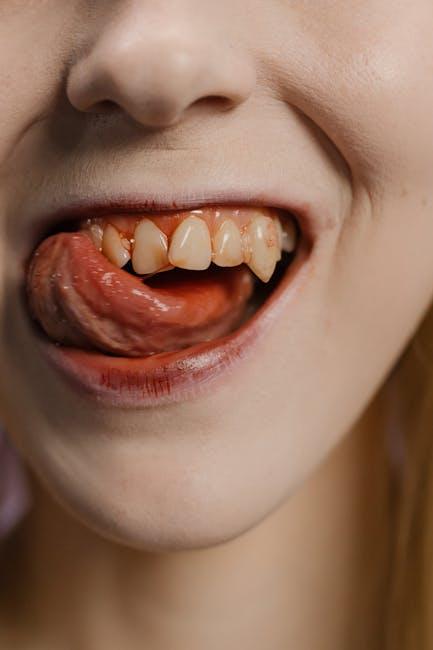
Does Medicaid Cover Dental? Orthodontics, Common Procedures & State Coverage
When it comes to healthcare, Medicaid is a vital resource for millions of Americans. But what about dental care? Many Medicaid recipients wonder, does Medicaid cover dental services, including orthodontics? The answer isn’t straightforward because Medicaid dental coverage varies widely — depending on your state and age. In this comprehensive guide, we’ll explore Medicaid dental benefits, examine which common procedures are typically covered, dive into orthodontic coverage, and highlight how state Medicaid programs differ.
Understanding Medicaid Dental Coverage
Medicaid dental coverage is considered an optional benefit for adults, but it’s mandatory for children under the Early and Periodic Screening, Diagnostic, and Treatment (EPSDT) benefit. This means that all states must provide dental services to Medicaid-eligible children but have flexibility in dental coverage for adults. This often causes confusion, so here’s a quick breakdown:
- Children: Medicaid covers comprehensive dental care, including exams, cleanings, fillings, and sometimes orthodontics.
- Adults: Dental coverage is optional and varies by state — some states offer robust coverage; others provide emergency-only care or no dental benefits at all.
Does Medicaid Cover Orthodontics?
Orthodontic treatment under Medicaid is limited and generally offered only to children and teens with severe dental conditions. Coverage for braces or other orthodontic appliances is typically reserved for cases where the treatment is medically necessary, such as:
- Correcting severe malocclusion (bite problems)
- Jaw deformities affecting speech or eating
- Dental anomalies caused by trauma or congenital conditions
Adult orthodontic coverage under Medicaid is rare and usually unavailable unless specific state provisions apply or the condition directly impacts health.
Orthodontic Eligibility Criteria Vary by State
Because Medicaid is state-administered, eligibility for orthodontic services is subject to different clinical criteria in each state. Some states also cap the number of orthodontic treatments or require prior authorization.
Common Dental Procedures Covered by Medicaid
For dental benefits associated with Medicaid recipients (primarily children), here are common procedures typically covered:
| Procedure | Description | Coverage Status |
|---|---|---|
| Dental Exams & Cleanings | Routine checkups to maintain oral health | Covered for children; variable for adults |
| Fillings & Restorations | Cavities treated with dental fillings | Covered for children; varies by state for adults |
| Extractions | Removal of severely damaged or decayed teeth | Generally covered for children; varies for adults |
| Preventive Services (Sealants, Fluoride) | Prevents tooth decay and strengthens enamel | Covered for children; less commonly for adults |
| Orthodontics | Braces or appliances for specific dental problems | Limited coverage, mostly for children; rare for adults |
| Emergency Dental Care | Treatment for dental pain or infections | Usually covered for all Medicaid enrollees |
State Coverage Differences: What You Need to Know
Because Medicaid operates on both federal guidelines and state-specific rules, dental coverage varies considerably. Generally, states fall into one of these categories for adult dental benefits:
- Full dental benefits: Covering most preventive, restorative, and emergency services.
- Limited dental benefits: Usually only emergency or limited restorative services.
- No dental benefits: Only emergency services or none at all.
Here’s a simplified snapshot of how popular states address adult Medicaid dental coverage in 2024:
| State | Adult Dental Coverage Level | Orthodontics Copverage |
|---|---|---|
| California | Full benefit including preventive and restorative | Limited to medically necessary cases for youth |
| Texas | Emergency dental services only | Not generally covered |
| New York | Comprehensive adult dental benefits | Orthodontic treatment available with criteria |
| Florida | Limited adult dental services | Rarely covered for adults |
| Illinois | Full preventive and restorative care | Provided to children and some adult cases |
Benefits of Medicaid Dental Coverage
Access to dental care through Medicaid provides numerous benefits, including:
- Improved overall health: Oral health is strongly linked to heart disease, diabetes, and other systemic conditions.
- Preventive care reduces costly emergencies: Regular cleanings prevent cavities and infections.
- Better quality of life: Healthy teeth enhance eating, speaking, and self-confidence.
- Support for children’s development: Medicaid dental coverage ensures children’s growth isn’t hindered by poor oral health.
Tips for Maximizing Your Medicaid Dental Benefits
If you qualify for Medicaid dental coverage, here are some practical strategies to make the most out of your benefits:
- Check your state’s dental coverage specifics: Visit your state Medicaid website or contact your caseworker to understand what’s covered.
- Use participating providers: Find dentists accepting Medicaid in your network to avoid unexpected costs.
- Schedule regular preventive visits: Cleanings and exams prevent more serious issues.
- Plan ahead for orthodontics: If your child needs braces, confirm prior authorization policies and coverage details early.
- Keep thorough records: Document treatments and approvals in case of coverage disputes.
Conclusion
Does Medicaid cover dental care? Yes — but it depends on your age and state. Children insured through Medicaid have guaranteed access to comprehensive dental services, including preventive care and sometimes orthodontics. Adults, however, must check whether their state provides dental benefits beyond emergency care. Orthodontic coverage is generally limited and only provided for medically necessary cases.
Understanding state-specific Medicaid dental policies ensures you or your child receive appropriate care without unexpected out-of-pocket expenses. To stay informed, always verify coverage options with your state Medicaid agency and plan dental visits accordingly. Medicaid dental benefits are a crucial part of maintaining good oral and overall health, making them worth knowing and utilizing fully.
For more detailed, state-by-state Medicaid dental coverage information, visit Healthinsurance.org.


